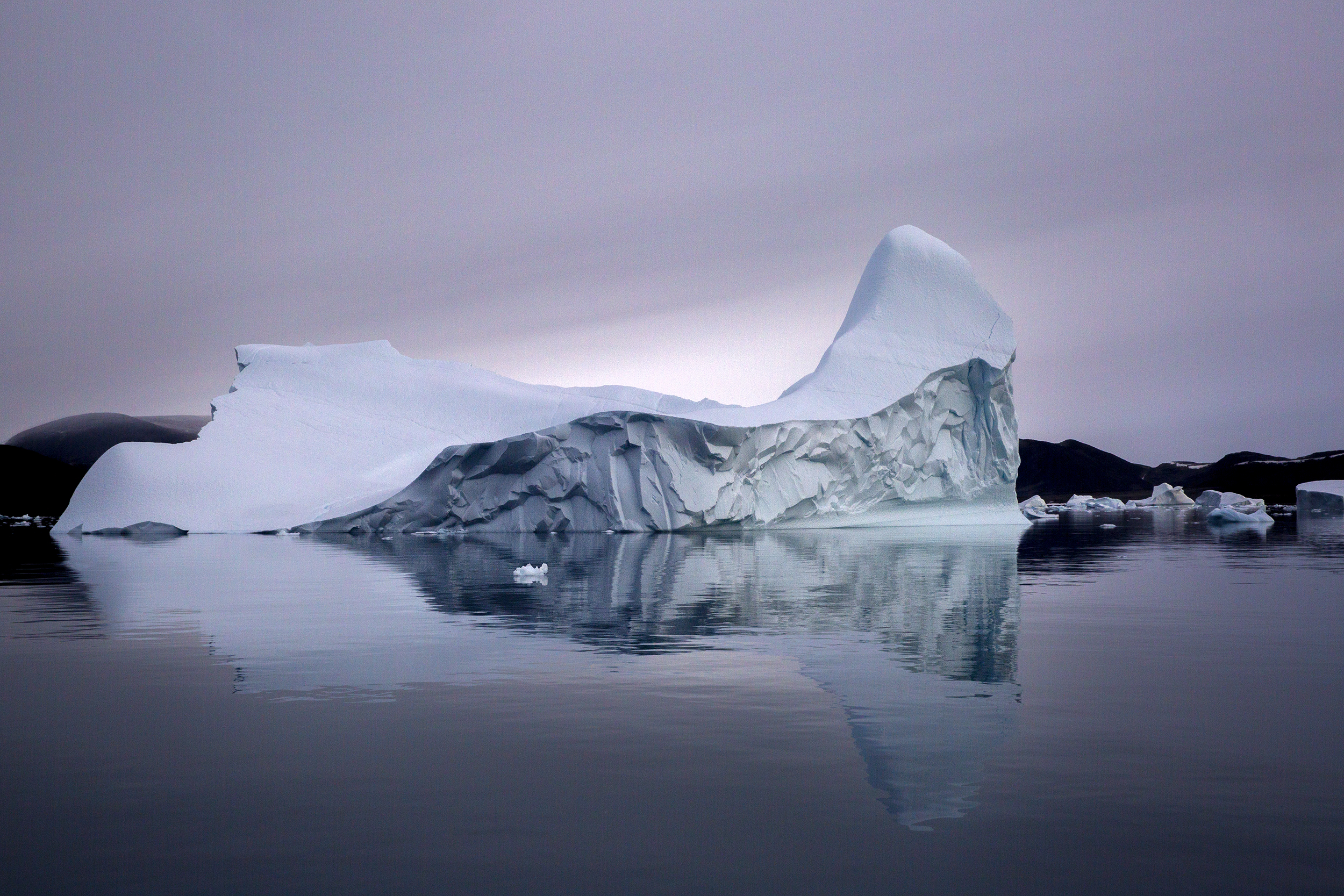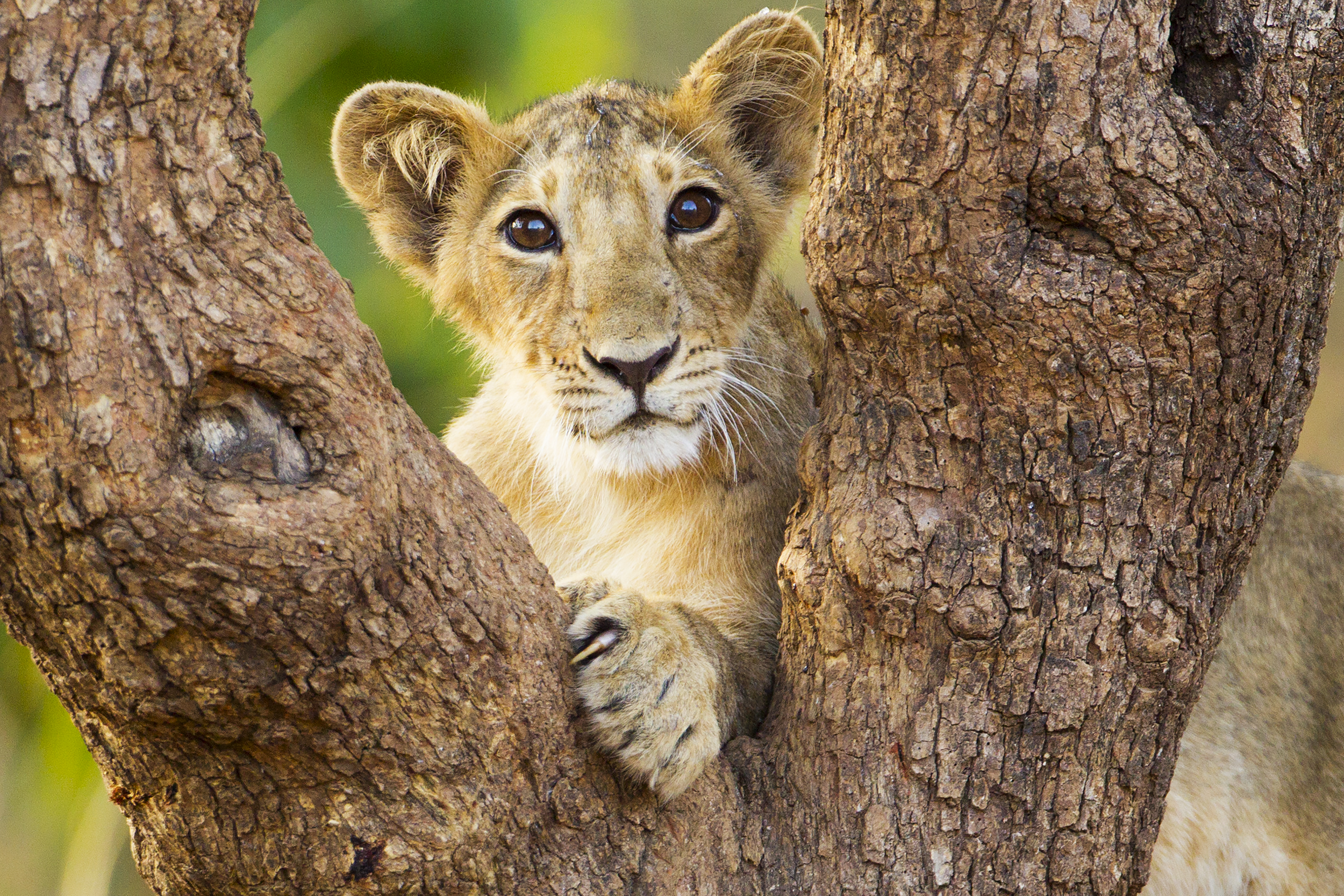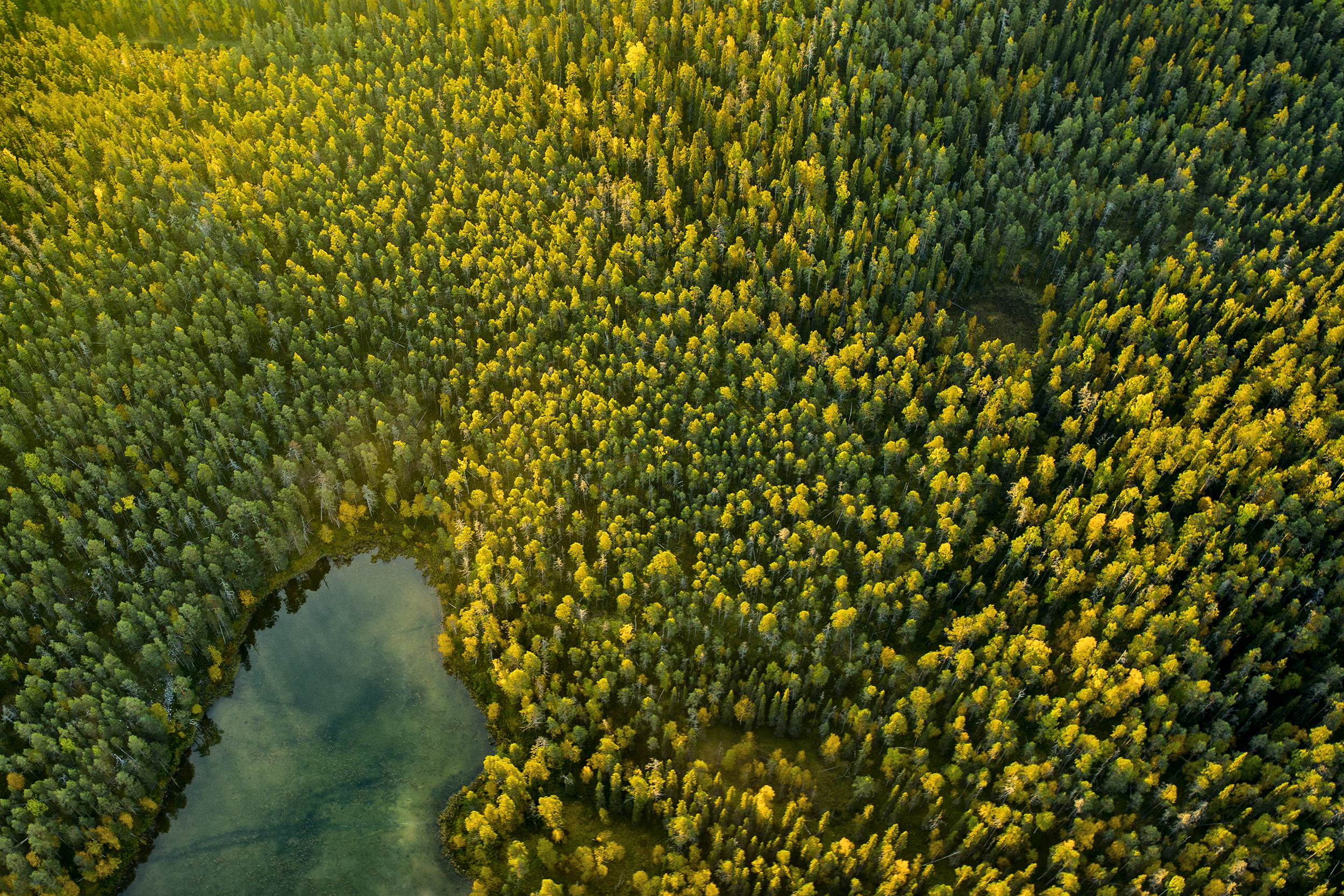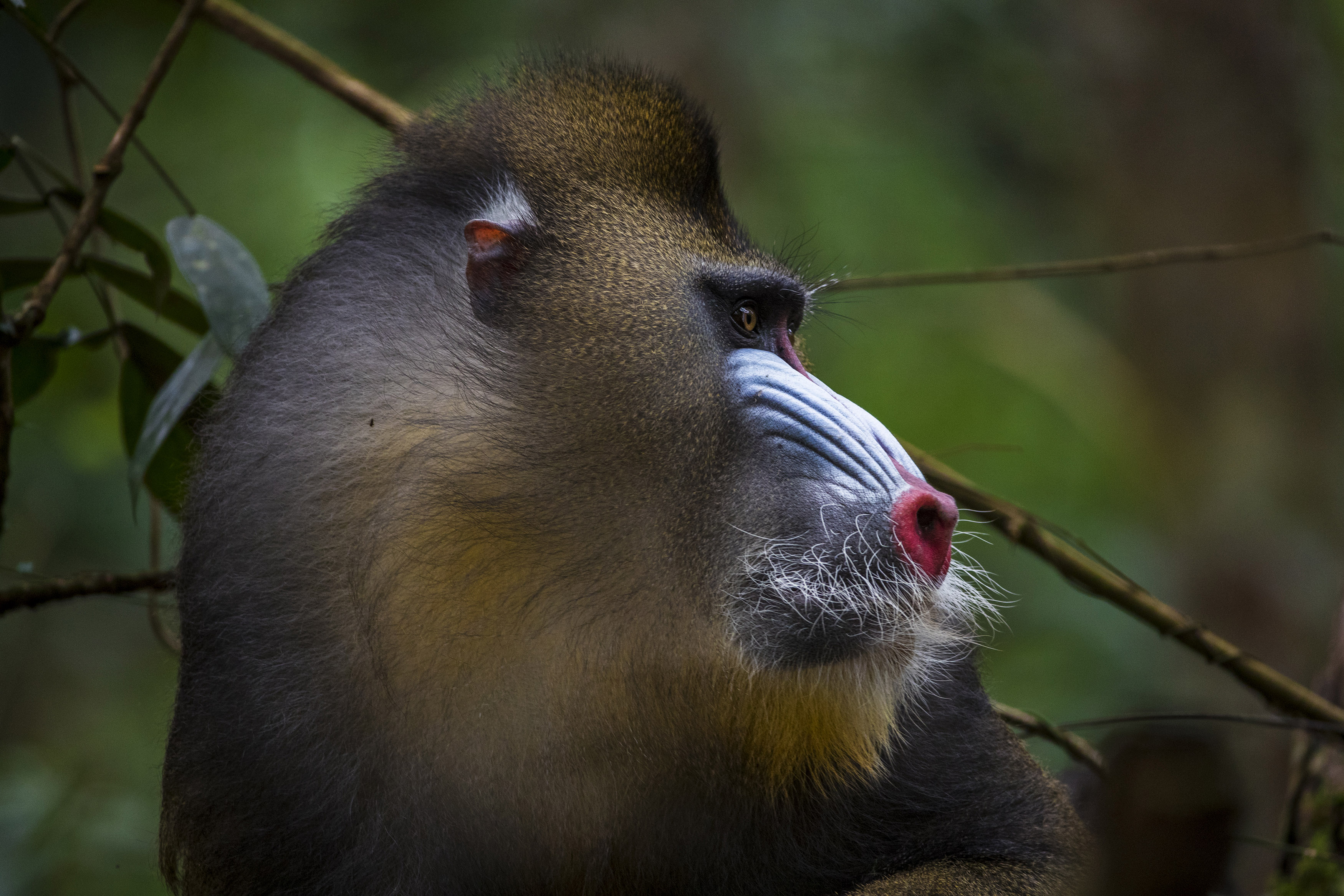BORNEO
We knew that it would not be an easy task to get images of wild orangutans in Kalimantan, the Indonesian part Borneo. We spent hours and hours, days and days, weeks and weeks, trekking in the forest and in the rivers. And there were no signs of them apart from old sleeping nests. Uri had a bad case of malaria and it is tough being sick in the jungle. But he got over it and we were back on track again, but still no orangutans. We had four days left and we needed the image for our project, and there was no way we could afford another orangutan expedition to Borneo if we did not succeed.
To cut a long story short, we called a friend on our satellite phone and changed plans. We flew across Borneo, hired a riverboat, a crew and a captain, sailed across a huge bay and entered a rarely travelled river system. And in the dwindling light, we jumped in our Bergans Ally canoe and paddled to the very end of the river just as the king of the forest, the orangutan, came walking into the water. We were astounded. And then it did something incredible. We could not believe our own eyes when we saw the orangutan use a stick to measure the depth of the water it was entering.
CONSERVATION ISSUES
These critically endangered and highly intelligent great apes are amazing. The biggest threat is losing their leafy homes to deforestation, palm oil plantations, poaching and pet trade. One of the biggest protectors, Dr Biruté Mary Galdikas, has dedicated her life to studying and working with conservation for over four decades. She has worked closely with the orangutans of Indonesian Borneo in their natural habitat, and is the world’s foremost authority on the orangutan. To find out more and to support her work, look here: Orangutan Foundation International.














